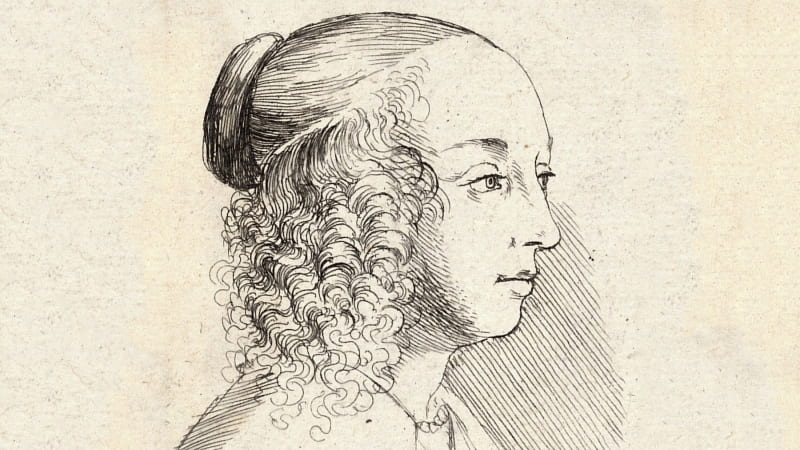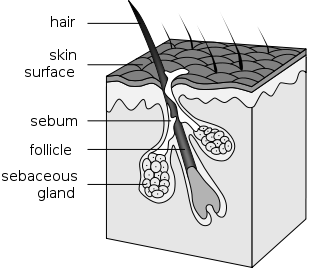THE SCIENCE OF CURLS
By: Leidamarie Tirado-Lee

I have a love-hate relationship with my hair. It’s been that way ever since I can remember because I was born with curly hair. I know what you must be thinking: curly hair is beautiful and interesting! That may be so but it can also be incredibly temperamental, frizzy and unpredictable. Really, it is simultaneously a blessing and a curse. For the longest time, I blamed (or thanked depending on how well my hair was behaved that day) my genes for my hair. However, now that I’m making a conscious effort to embrace my curls, I’ve started to learn more about the factors that give my hair its curl.
All hair, whether curly or straight, has two major components: the shaft and the follicle. The shafts are the visible, flowing strands that we see on our heads. The follicle is the part of our hair that resides within the skin, or dermis, of our scalp. Each of these structures plays a role in determining our overall hair shape.
 Let’s start at the root of the issue (pun 100 percent intended): the follicle. It turns out that the shape of our follicles is a major determinant of our hair texture. If you were to look at the follicle of straight hair, you would find it is perfectly round. The follicle of curly hair adopts an oval shape. The flatter the oval is, the curlier the hair will be.
Let’s start at the root of the issue (pun 100 percent intended): the follicle. It turns out that the shape of our follicles is a major determinant of our hair texture. If you were to look at the follicle of straight hair, you would find it is perfectly round. The follicle of curly hair adopts an oval shape. The flatter the oval is, the curlier the hair will be.
Another contributing factor to a hair’s curl is the way the follicle tunnels into the scalp. Follicles of straight hair tunnel vertically down from the skin’s surface into the dermis. If the follicle angles into the dermis then the hair will curve as it grows causing it curl. Although, this curving of the follicle can lead to gorgeous curls it causes one major drawback that all curly-haired persons can attest to, dryness. Within the dermis, special glands line the follicle to secrete oil, called sebum, to lubricate the hair. Unfortunately, when follicles curve sebum isn’t able to travel the length of the hair as well leading to dryness of hair that doesn’t get lubricated.
What role does the hair shaft play in its overall texture? In short, protein bonding. The strands of hair that you see are comprised largely of dead cells packed full of the fibrous protein known as keratin. This protein contains many copies of the amino acid cysteine, which is special because it has a sulfur-containing chemical group that allows it to form strong bonds with other sulfur containing molecules. In the case of hair, which is largely keratin, these cysteine amino acids can bond with other cysteines further down the hair shaft contributing to curling of the hair between the bonds. Curly hair has more of these bonds, referred to as disulfide bonds, than straight hair because the follicle shape and angle allows different regions of the hair to come closer together making these bonds easier to form.
Ultimately, our follicles are the biggest determinant of our hair shape. Although we can’t control this part of our hair, understanding the science of curly hair has allowed us to overcome the features genetics gave us. Perms and relaxing treatments take advantage of keratin’s ability to disulfide bond to change the structure of our hair to the state we want. If you have curly hair but want straight hair, then you just need to use chemicals that can break up, or “relax”, these bonds. If you want to go from straight to curly, then all you need is a chemical to allow these bonds to form.
Now that you know why your hair is the way it is, I’d like to leave you with some final thoughts. My research into this topic has completely changed the way I view my hair. Before I started, I had all but given up on ever thinking I could control my hair. I believed that my hair would always be an unmanageable mess. Now that I know what makes hair so unique from person to person, I have realized there isn’t a one-size fits all solution to managing hair. I’ve had to embrace the individuality of my curls and figure out how to treat them so that they are the healthiest curls they can be. It may take some trial and error but I highly encourage you to do the same and embrace what nature gave you!
For more information about hair science visit: http://www.hair-science.com/_int/_en/index.aspx
For tips on managing curly hair visit: http://www.naturallycurly.com/
